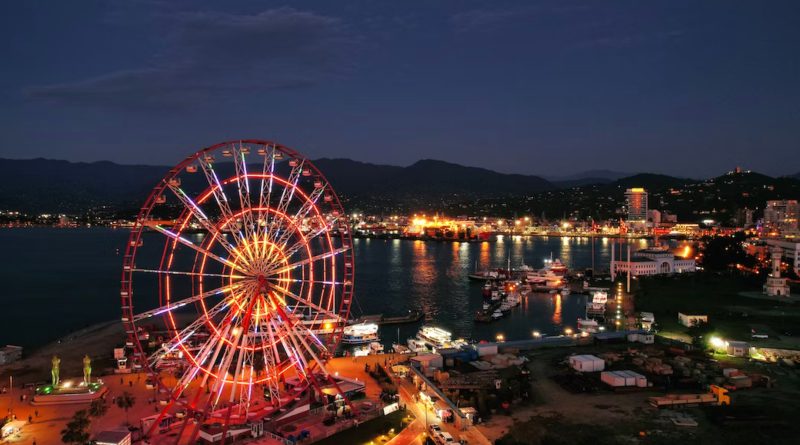Batumi harbor – corridor connecting Europe and Asia
The history of the creation of the Batumi harbor is practically the history of the formation of the logistics center of the Caucasus region, which determined the role of Georgia as a transit country. The Port of Batumi is an important link in the Europe-Caucasus-Asia corridor, which connects Europe with Asia.
The history of the Batumi sea trade harbor dates back to the Roman Empire when the Batumi harbor was one of the important points of the Roman trade network during the reign of Adrian the Third. During the formation of the global economic network in the second half of the 19th century, Batumi harbor received the status of “Porto-Franco” (free port) during the years 1878-1885. By the end of 1884, a further development project of the harbor was created, the implementation of which began in 1885. Oil was the main development factor in the initial phase, which laid the foundation for the construction of the Baku-Tbilisi railway line. The intense increase in the volume of exported oil has led to the need to develop the appropriate port infrastructure. The first export of petroleum products in 1883 amounted to 3,000,000 pounds. Along with oil refining, various demands also increased, which led to the improvement of the city’s infrastructure. This was revealed by the fact that in 1900, the Baku-Batumi pipeline was built, which was one of the first oil pipelines in the world.
.jpg)
The geostrategic and natural advantages of the Batumi port are:
- The harbor is located in a natural deep-water area, which allows receiving large-tonnage ships;
- Well protected from the coast;
- There is no need to pass through the canal to enter the harbor, which exempts the owner from paying the canal fee.
Batumi harbor has the following berths and terminals:
- Oil terminal;
- Container terminal;
- Dry cargo terminal;
- Passenger terminal.
The said terminals are equipped with appropriate lifting equipment, which contributes to the timely and high-quality processing of cargo.




